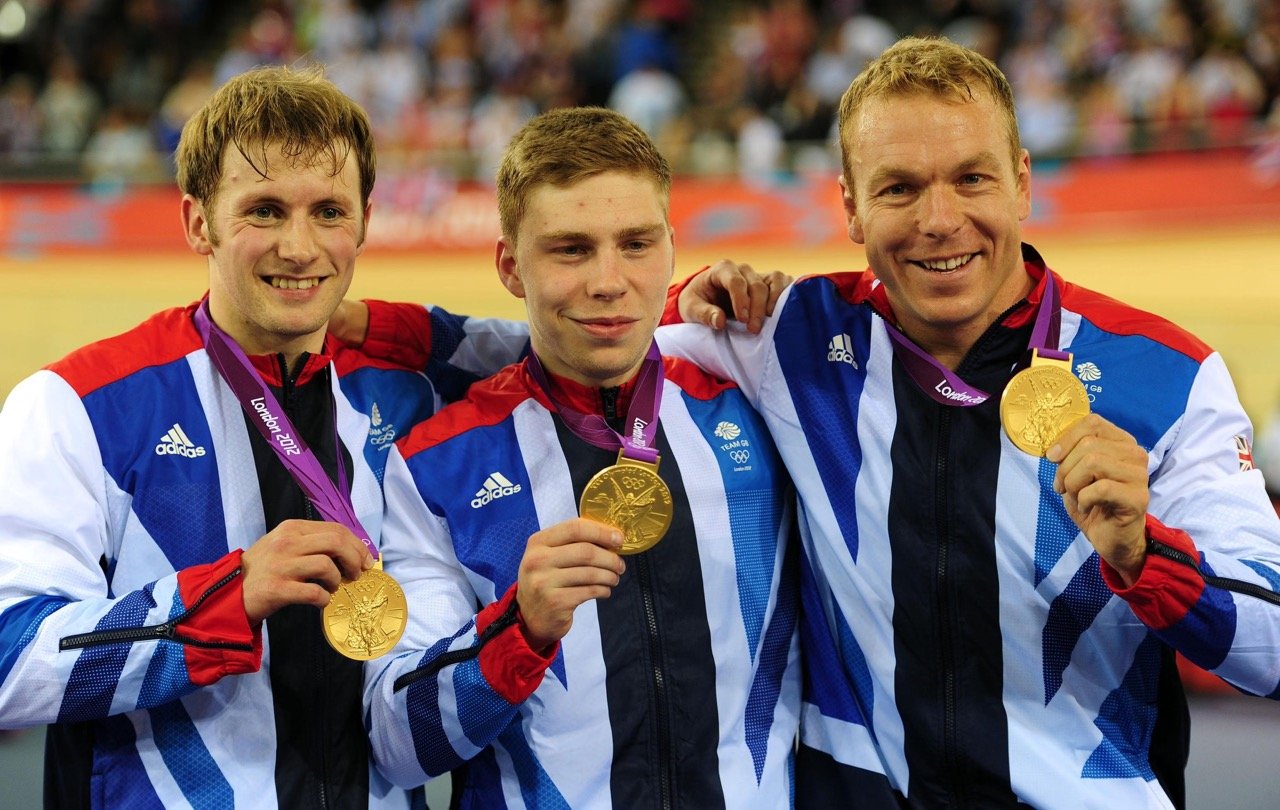Boosting workplace happiness is not difficult - you can do it in tiny (easy) steps
Lessons we can learn from the greatest teams in sport
Change is difficult. It’s much easier to just do nothing and watch the world go by. But if you really want to make a difference, it’s a lot easier to do it in small, simple steps.
I love sport and its amazing stories, so today I want to share the story of how one man transformed the British cycling team from being very average to the greatest cycling team in Olympic history, and the lessons we can learn from his story to boost happiness and performance in our teams at work.
The greatest cycling team in history
British cycling had been in the doldrums for years. Between 1908 and 2003 Great Britain had won 1 cycling gold in the Olympics. Along comes Dave Brailsford in 2003, and in 2008 and 2012 Great Britain won 16 golds and became the most successful Olympic cycling team in history.
In Matthew Syed’s book about Dave Brailsford, “Black Box Thinking: Marginal Gains and the Secrets of High Performance”, he attributed much of the success to Dave Brailsford’s obsession with the details. He called it the “Theory of Marginal Gains”, the belief that if you make many small but significant changes, you can achieve monumental results.
Dave Brailsford believed in the 1% rule. If you could improve many areas by 1%, together they would lead to remarkable results. First he started with the areas you might expect, nutrition, ergonomics, bike design and then he looked at the areas everyone else was ignoring. He saw that if his team slept better, they performed better, so a customised mattress and pillow was made for every single team member. Not only that, but when they travelled around the world their mattresses and pillows came with them. He also noticed that when his team were ill or carrying a slight infection they weren’t able to reach peak performance. His solution, stop them catching infections. He taught his team how to wash their hands properly and when they travelled he would disinfect their hotel rooms two days before they arrived and leave them empty to minimise the chances of his cyclists catching anything.
Dave Brailsford believed that if he optimised his team’s environment it would allow his riders to perform at their highest levels. He didn’t reinvent how to ride a bike, he just made hundreds of tiny, but significant tweaks to an existing system, optimising it so his team members could perform at their greatest potential.
Marginal Gains in the workplace?
Now, what if this theory of marginal gains doesn’t only apply to sport’s teams? What if it could be applied to any team? What if it could be applied to the workplace? To the marketing team, to the call centre team, to accounts …
Most companies believe that the secret to getting the best team performance, and to build the happiest teams is to hire the best employees and pay them well. Steve Jobs famously said you need to fill your team with A-players and in James Collin’s book “Good to Great: Why Some Companies Make the Leap... and Others Don't” he said you should “get the right people on the bus”.
Getting the right people in your teams is absolutely essential, but what if there is more you can do?
Can companies look at their workplace teams, like great coaches look at their players, as finely tuned teams that can be optimised to perform better?
The answer is yes. All the research suggests that work teams are just like sports teams; they can be optimised to perform better, to produce more and to be happier and it doesn’t only depend on the personnel.
Science of wellbeing and the link to performance
Over the past nine years, I have been studying the science of wellbeing and the science of happiness and applying my findings in my company, Secret Source. My goal was to create a company with happy employees, but along the way, I discovered that by focusing on my team’s wellbeing, I was also improving their productivity, increasing collaboration, and improving innovation. That’s when I had my lightbulb moment.
The same factors that make people happy at work are the same factors that make them perform better.
If you change their work environment with the goal of making them happier you will consequently improve their performance.
Transform your team in tiny steps
In 2024 I will be sharing what I have learnt over the last ten years. The theory, the practical steps and the results you should see. I will be providing a framework that you can use to achieve meaningful change in your workplace. Change that will not only make your teams happier and stay with you longer, but change that will make your teams more productive, more collaborative and more innovative.
As Dave Brailsford has shown, the best way to achieve change is to approach it in small, achievable steps, so I have broken down what I have learnt into small, practical ideas. And, in 2024 I will be sharing one of these ideas each week. Ideas that you can implement in minutes that don’t need the approval of your manager. Ideas that together will have a profound effect on your team’s happiness and performance.
Do you want to know how to improve your and your team’s happiness at work but are intimidated by the challenge?
Subscribe to my blog below and each week I’ll send you a short email with a tiny step you can take that week.
Follow the blog
I regularly write on how you can use the science of happiness and the science of wellbeing to improve team performance. Sign up now to receive the latest blog posts in your inbox.


